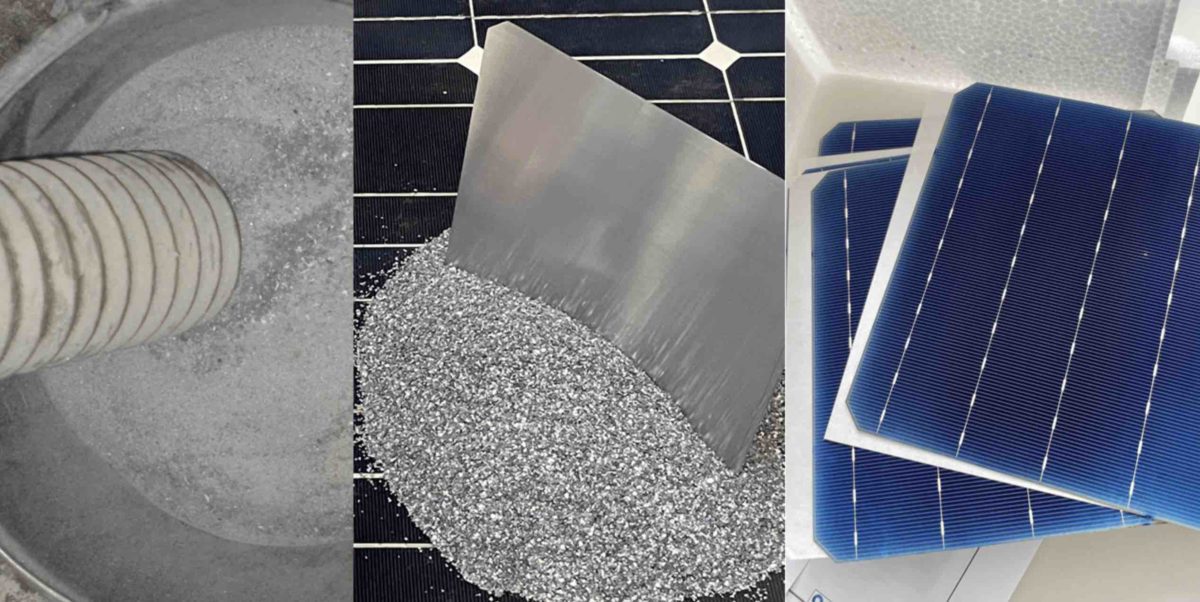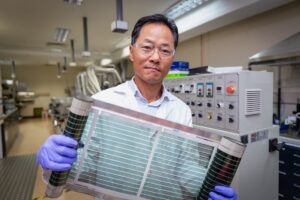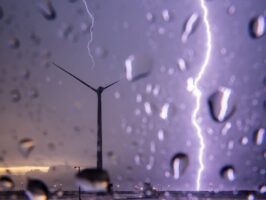Researchers at the Fraunhofer Institute for Solar Energy Systems in Germany have developed a process that uses 100% recycled silicon from solar photovoltaic models to produce new PERC solar cells.
According to Fraunhofer ISE, around ten thousand tonnes of silicon from discarded solar PV modules end up on the recycling market each year in Germany – a figure which will rise to several hundred thousand tonnes per year by the end of this decade.
Already, the aluminium, glass, and copper from these discarded solar PV modules are reprocessed in some fashion, but the same has not been true for silicon.
The process for recovering the silicon material from discarded solar PV modules was developed by a working group at Fraunhofer CSP, together with Reiling GmbH & Co. KG, and backed by funding from the German Federal Ministry for Economic Affairs and Climate BMWK.
The resulting recycling process is able to recycle all crystalline silicon solar PV modules regardless of the manufacturer and origin.
“If this were not the case, then this would be far too much work for the recycling companies,” said Professor Dr. Peter Dold, project manager at Fraunhofer CSP.
“It was important for us to develop a scalable process that makes economic sense. A lot is possible in the lab, but our new process should prove itself in the practice for the recycling industry.”
The recycling process sees solar cell fragments separated from by-products of the mechanical recycling process – a process which already exists in manufacturing – and frees the silicon cell fragments from the glass and plastic.
This is followed by a step-by-step removal of the backside contact, silver contacts, the anti-reflective layer, and finally the emitter by wet chemical etching. The silicon is thus cleaned and processed into monocrystalline or quasi-monocrystalline ingots in standard processes and then into wafers.
Crystallisation is carried out with 100% recycled silicon without the addition of commercial ultrapure silicon, and the wafers are then fabricated into PERC solar cells at Fraunhofer ISE’s PV-TEC.
The resulting PERC solar cells delivered a conversion efficiency of 19.7%.
“This is below the efficiency of today’s premium PERC solar cells, which have an efficiency of around 22.2%, but it is certainly above that of the solar cells in the old, discarded modules,” said Dold.










